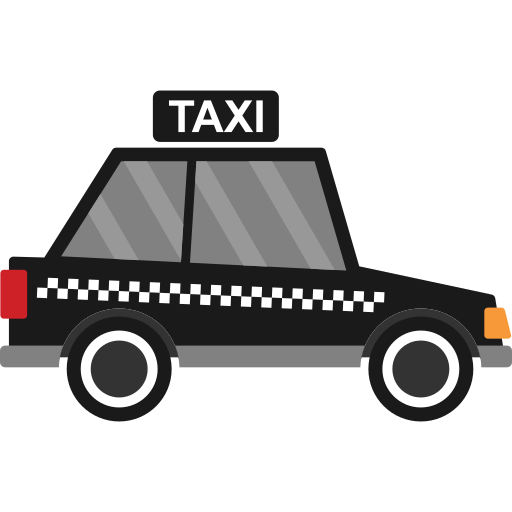The traditional "grind culture" of long hours, constant connectivity, and sleep-deprived hustle isn't just ineffective—it's scientifically proven to be counterproductive. Mounting evidence from neuroscience, sleep research, and cognitive psychology demonstrates that a calm company approach centered on focused work, adequate rest, and strategic breaks dramatically outperforms the exhausting churn of traditional workplace culture.
Research shows that employees working 3-4 hours of focused time with proper sleep and recovery can accomplish more valuable work than their grinding counterparts logging 12+ hour days filled with distractions and meetings. This isn't just about employee wellbeing—it's about measurable productivity, creativity, and business outcomes backed by rigorous science.
The Sleep Deprivation Productivity Paradox
Matthew Walker's groundbreaking research in "Why We Sleep" reveals a fundamental flaw in grind culture logic. As Walker explains: "The irony that employees miss is that when you are not getting enough sleep, you work less productively and thus need to work longer to accomplish a goal." This creates what he calls a negative feedback loop where poor sleep forces longer hours, which further erodes sleep quality and cognitive performance.
The data is stark. After just ten days of getting only seven hours of sleep nightly, brain function becomes as impaired as staying awake for 24 hours straight. Workers getting 5-6 hours of sleep show 19% reduced productivity, while those getting less than 5 hours demonstrate 29% productivity loss—yet they're often the ones praised for their "dedication" to grinding.
Walker challenges the fundamental premise of long-hour cultures: "People often tell me that they do not have enough time to sleep because they have so much work to do. Without wanting to be combative in any way whatsoever, I respond by informing them that perhaps the reason they still have so much to do at the end of the day is precisely because they do not get enough sleep at night."
The Mathematics of Deep Work vs. Distracted Grinding
Cal Newport's "Deep Work" provides the productivity formula that explains why calm companies outperform grinding cultures: "High-Quality Work Produced = (Time Spent) x (Intensity of Focus)." Newport demonstrates that "three to four hours a day, five days a week, of uninterrupted and carefully directed concentration can produce a lot of valuable output"—often more than full days of scattered, interrupted work.
The neuroscience supports this math. When you switch from one task to another, University of Washington researcher Sophie Leroy discovered, "a residue of your attention remains stuck thinking about the original task." This "attention residue" consumes cognitive processing power, making peak performance on subsequent tasks nearly impossible.
The recovery time from interruptions is devastating. UC Irvine research shows it takes an average of 23 minutes and 15 seconds to fully regain focus after a single interruption. Yet the average office worker faces interruptions every 3-6 minutes. The math is brutal: focusing on one task provides 100% productive time, but splitting attention between just two tasks reduces each to 40% productivity, with 20% lost to context switching overhead.
The Walking Advantage: How Movement Unlocks Peak Performance
While grinding culture keeps people chained to desks, neuroscience research reveals that walking increases creative output by 60% compared to sitting. Stanford University's landmark study found that 81% of participants showed improved creativity while walking, with 100% of outdoor walkers generating high-quality novel solutions compared to just 50% of seated participants.
This creative boost isn't environmental—both treadmill and outdoor walking produced comparable benefits. The act of walking itself enhances divergent thinking, the cognitive process underlying innovation and problem-solving. Brain imaging shows walking increases theta wave activity associated with creative and exploratory mental states while boosting Brain-Derived Neurotrophic Factor (BDNF) by 10-30%.
The most productive employees, according to DeskTime analysis, worked in 52-minute focused sessions followed by 17-minute breaks. This aligns with research on ultradian rhythms showing that peak cognitive performance occurs in 90-120 minute cycles followed by 20-minute recovery periods. Elite performers across domains—from violin virtuosos to chess grandmasters—structure their practice around these natural biological rhythms rather than fighting them with grinding sessions.
The Neurochemical Cost of Always-On Culture
The neuroscience reveals why grinding culture fails at the biological level. Chronic multitasking literally changes brain structure, with heavy multitaskers showing reduced gray matter volume in the anterior cingulate cortex—the brain region responsible for attention control. Only 2.5% of people can multitask effectively; for the remaining 97.5%, attempting to juggle multiple streams of work results in measurably impaired cognitive function.
The always-on email culture exemplifies this damage. The average employee spends 28% of their workweek (13 hours) reading and responding to email, with each email interruption requiring 64 seconds of recovery time. With 96 email interruptions per typical workday, employees spend 1.5 hours daily just reorienting from email distractions.
Research using heart rate monitors found that limiting email access dramatically reduces physiological stress. Those with unrestricted email access switched windows 37 times per hour compared to 18 times per hour for those with batched email access—literally doubling their cognitive switching load.
Building the Calm Company Advantage
The convergence of sleep science, attention research, and neuroscience provides a clear blueprint for competitive advantage. Companies implementing calm philosophies—adequate sleep, focused work blocks, minimal interruptions, and regular movement—consistently outperform their grinding counterparts across measurable outcomes.
Employees in flow states report 500% higher productivity than their distracted colleagues. Organizations that protect deep work time see improved innovation rates, reduced error rates, and decreased turnover. The math is compelling: three hours of focused, well-rested work produces more valuable output than twelve hours of sleep-deprived, fragmented grinding.
The research reveals that peak performance isn't about working harder—it's about working in alignment with human cognitive architecture. Sleep, focus, and movement aren't productivity luxuries—they're the fundamental requirements for sustained high performance in knowledge work. Companies that embrace this science will attract top talent, reduce healthcare costs, increase innovation, and ultimately outcompete organizations still trapped in the counterproductive mythology of grind culture.
